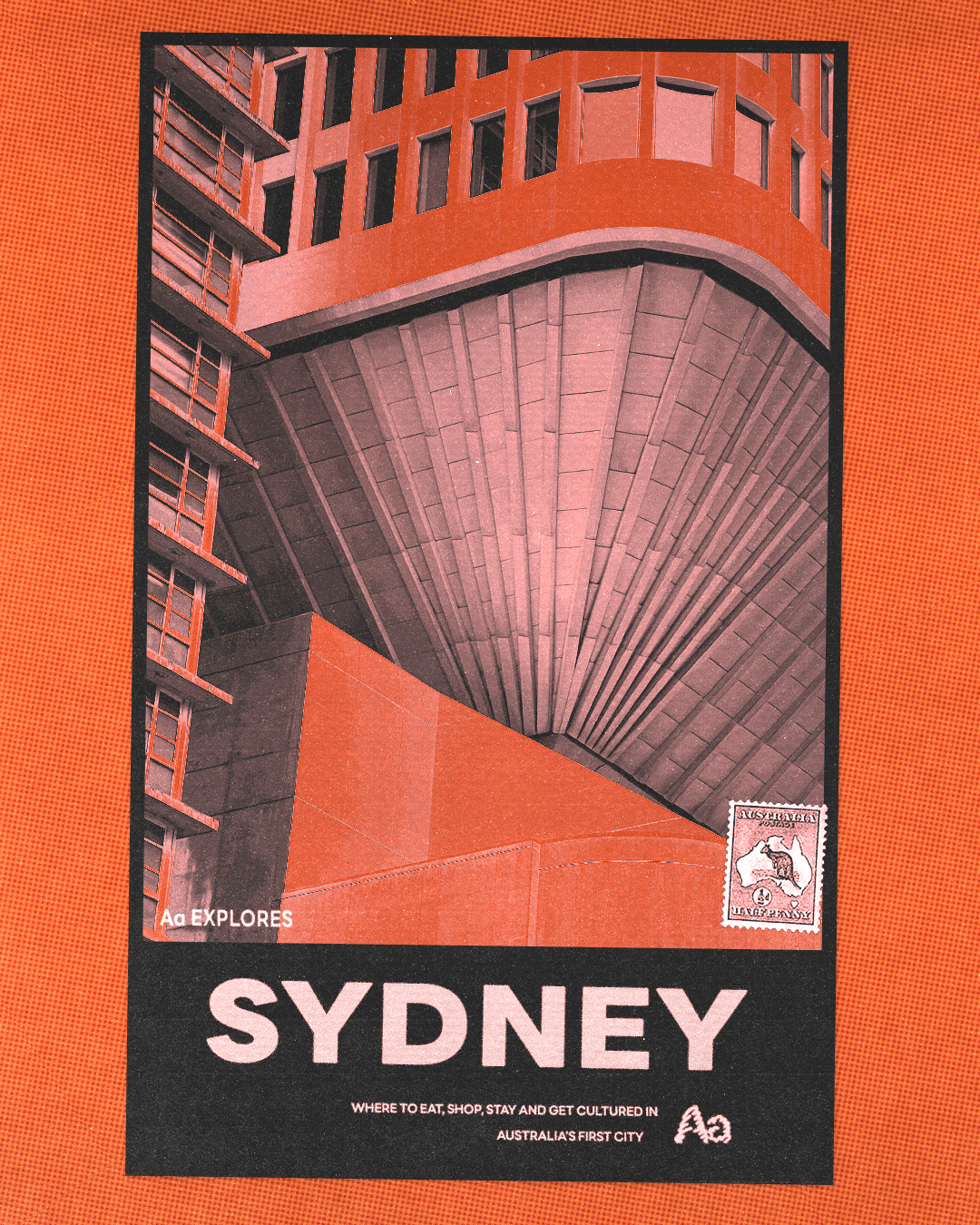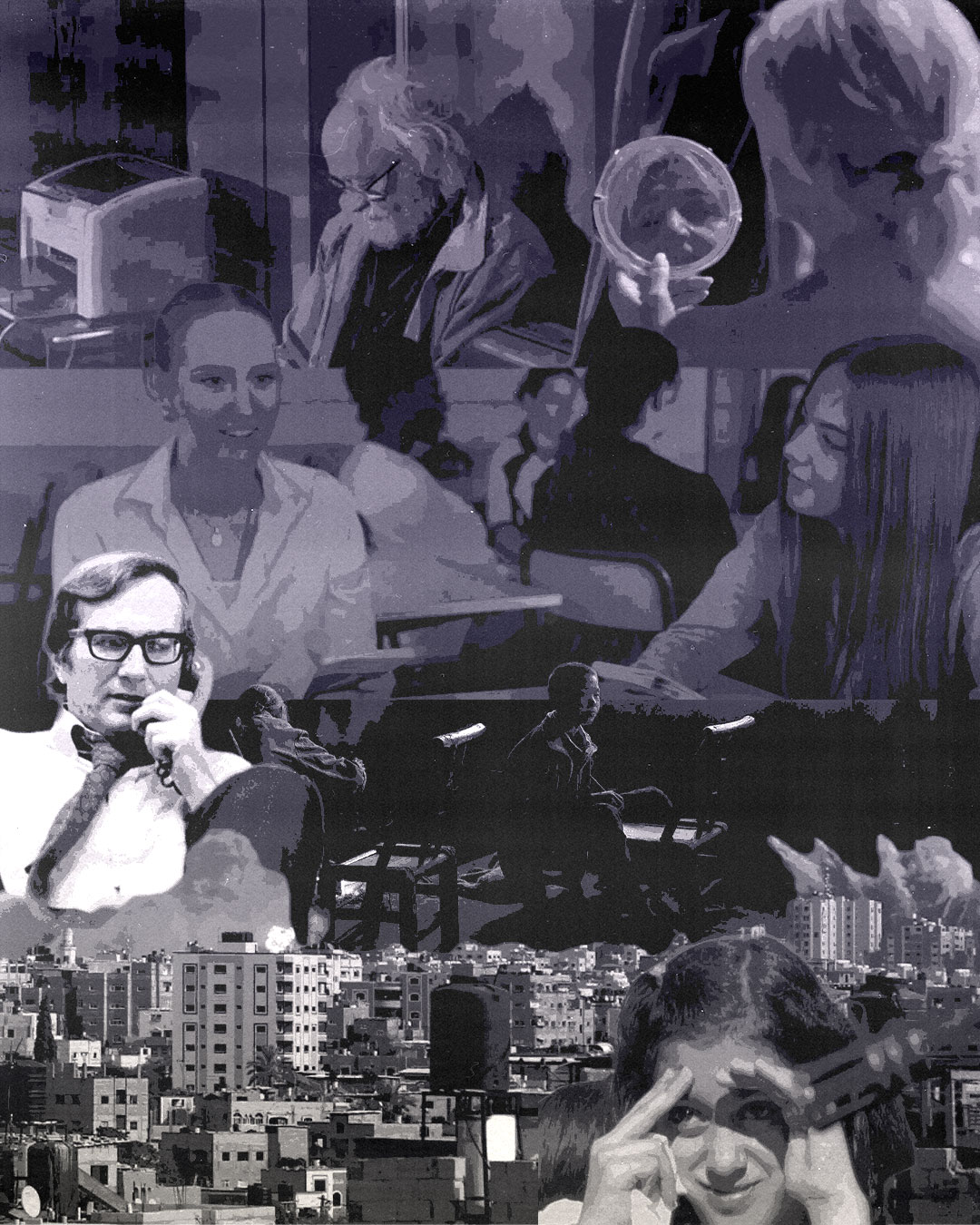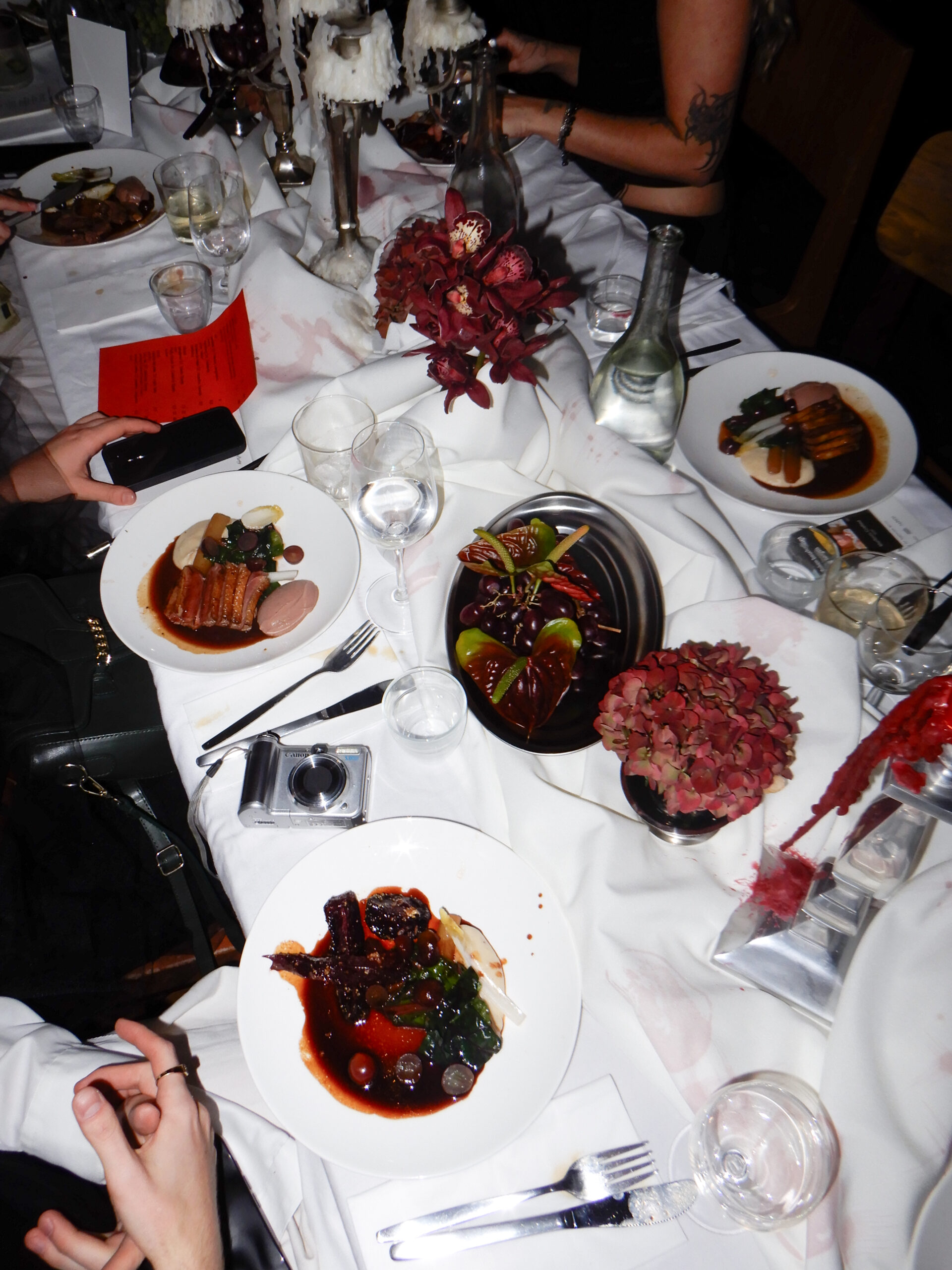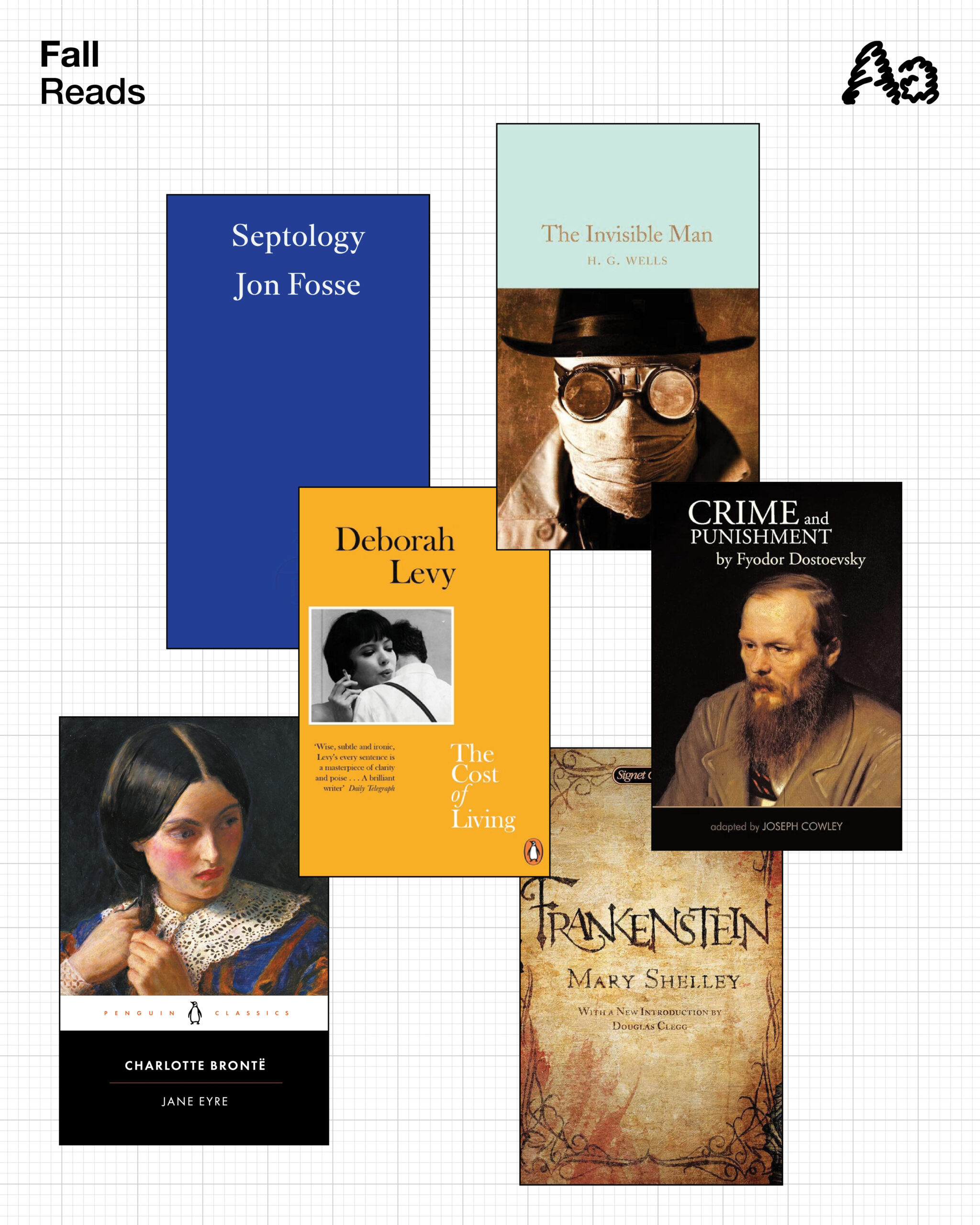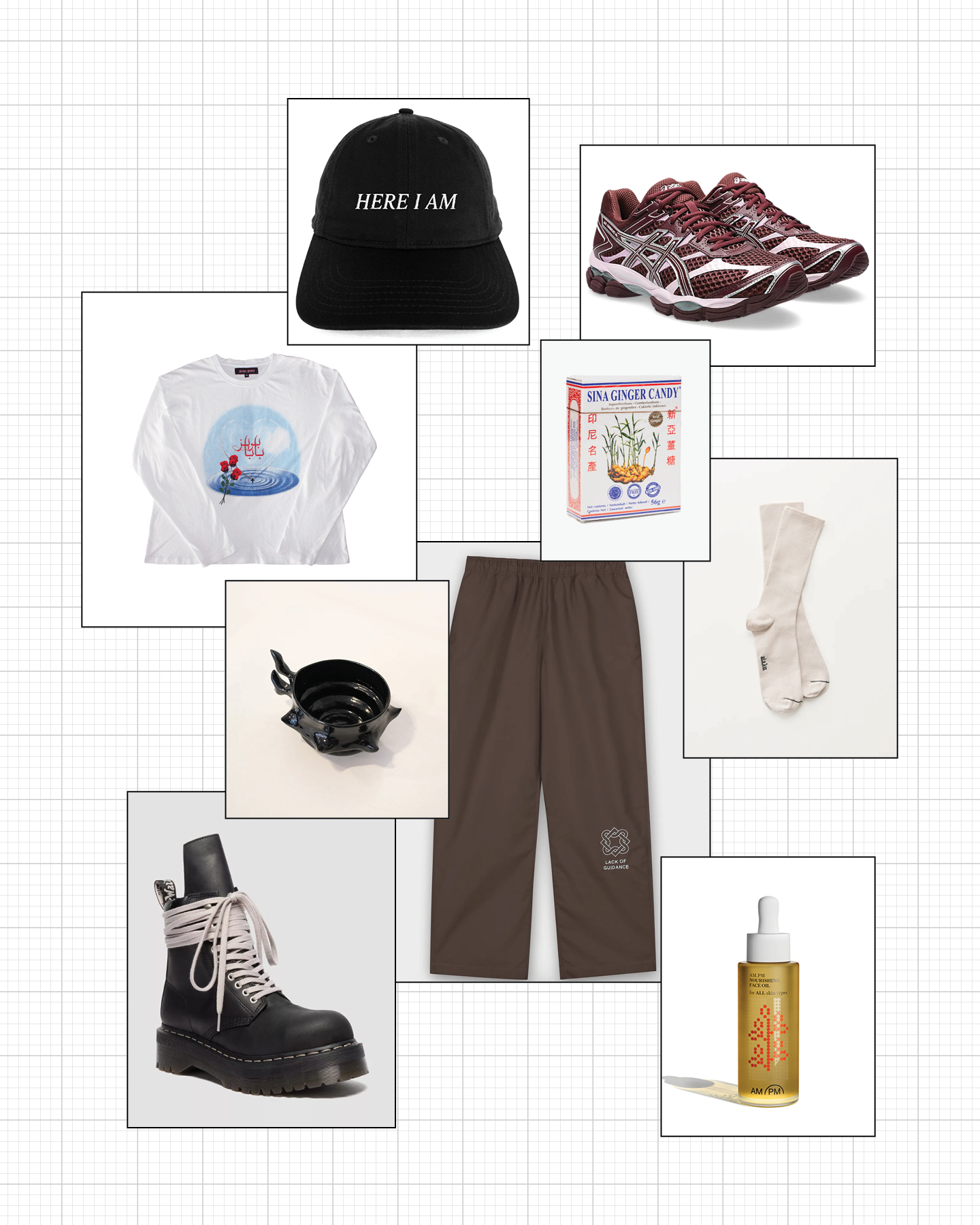Hi there,
Last autumn, my first-ever Paris Fashion Week invite landed in my inbox, from none other than Florentina Leitner. You better believe I was screaming and kicking my legs! Florentina popped my PFW cherry, and honestly, I couldn’t have asked for a more mesmerizing experience. I admired her ethereal designs for quite a while, so stepping into Florentina’s universe felt like being pulled into a realm where fantasy and fashion coexist. Her SS25 presentation drew inspiration from Arthur Rankin Jr. and Jules Bass’ movie ‘The Last Unicorn’, which also happened to be my favorite childhood movie. Experiencing it live felt like walking on enchanted ground.
Florentina Leitner, originally from Austria, launched her brand in 2021 after graduating from the Royal Academy of Fine Arts in Antwerp. Her brand exists in a shimmering cosmos of its own, woven together with myth, femininity, and a fierce commitment to storytelling. In the often oversaturated world of fashion, Florentina’s universe feels like a rare and radiant enigma–perhaps even the last true unicorn of Paris Fashion Week.
For this edition of the Trends on Ice interview series, I had the chance to step further into her world, from fantasy-fueled beginnings to her take on trends. So sit back and let yourself be enchanted!
Xx,
Chiara
Cover Visual: Christina Lai


Chiara: Let’s start simple, what excites you most about starting your day?
Florentina: Definitely coffee. I drink way too much lately, but I love that first cup and the smell in the morning, plus the excitement of checking emails and not knowing what might be waiting. Sometimes it’s an interview request, an order, or a collaboration idea. That’s how I love to start my day.
C: I totally get it, personally love to start my day with music. What is the latest track that you’ve been playing on repeat?
F: L’amour toujours by Gigi D’Agostino. We even used it in our last runway show. I’ve loved Italo Disco since I was a kid, my dad used to play it in the car a lot. It always puts me in a good mood!


C: Speaking of your last runway show, I noticed the many references to mythical creatures throughout your designs. If you could embody one, which one would you pick and why?
F: Oh, that’s a cool question! I really like the idea of flying and having wings, so maybe a sphinx?
(pauses, and quickly looks up photos of sphinxes)
Yeah I like it, it looks kind of sexy! Maybe it’s a new collection idea. (slightly grins)
C: Yes, totally! How do you usually begin creating a new collection? What’s your creative process like?
F: About a year ago, I started working closely with my good friend Maximilian Rittler. We usually brainstorm casually, often over a drink. It’s different every time. Usually, it all begins with a single image, and from there, it just keeps spinning, you never really know where it will lead. It’s a bit like reading a book and adding chapters as you go. The best ideas often appear toward the end, once you’re fully immersed in the universe you’re creating and start noticing what’s missing.
C: I attended your SS24 presentation in Paris and felt you were creating a world of your own—blurring the line between fantasy and reality through both the designs and the atmosphere. Do you see fashion as a form of escapism?
F: Definitely. Especially in times of war and darker times, people naturally look for escape and something extreme to break the dullness of everyday life. I’ve always been a fan of losing myself in fantastic worlds like League of Legends, anime, fantasy and movies such as Harry Potter. They offer that feeling of stepping into another universe, and that’s exactly what I try to create with my clothes. I want to give people something that feels magical and comforting, even if just for a few moments.
C: How did you start building this realm? Could you walk me through your journey?
F: I started studying fashion design in Vienna at age 14. It wasn’t exactly love at first sight, but that changed as I fell in love with the craftsmanship and the idea of building my own cosmos over time. As a child, I dreamed of becoming a movie director, but fashion felt somewhat similar, like directing collections and building the world around them. I realized it allowed me to shape both the clothes and the narrative they tell.
Later, I moved to Antwerp to study at the Royal Academy of Fine Arts. It was tough, but I fell in love with the city, the people, and—literally—with my boyfriend, Jens Burez, a set designer and videographer who now does all my set designs and runway decorations.
After my master’s, I joined Dries Van Noten as a womenswear designer. I enjoyed it but felt the urge to do something more 360°: to design, make, and manage the business side too. So, I started my own brand nearly four years ago.
This season marked either our fifth or sixth time showing at Paris Fashion Week. Time flies when you’re doing two seasons a year! I still love it, it really is the best job I could imagine for myself at the moment.
C: I can imagine the shift from working at Dries Van Noten to running your own brand must’ve been overwhelming. How did you manage?
F: I have an amazing team that supports me all the way. I love being involved in everything, from design, to emails, to castings. Every season I’m being reminded again that you cannot do all of this alone, mistakes happen, and complete control is an illusion. It really takes an entire village to create a collection!


C: Looking back, what do you wish you knew before becoming part of the PFW madness?
F: If I’d known more, I might’ve done things differently. For my first Paris Fashion Week, I only found out I was accepted in August, so we had just a month to organise everything. I didn’t know what was really needed, so we improvised. Now I realise how competitive it is to secure good venues early, especially for emerging brands with limited budgets. In hindsight, maybe not knowing too much was a blessing in disguise, it pushed me to just go for it and find creative solutions instead of playing it safe.
C: Totally! What is something that you’ve learnt from being on the schedule for several seasons now?
F: Being on the schedule is amazing, but Paris can be tough. The calendar is oversaturated with so many brands, and big shows often run late, which can affect attendance. Last season, there was even a World War II bomb scare at Gare du Nord that kept some guests from making it. It’s definitely challenging to secure the right venue and get the attention of major press and celebrities when you’re just starting out. But each season, it’s rewarding to see new people discover the brand and watch our audience grow.
C: Let’s talk about your focus on strong female characters. Who are the women who’ve most influenced your path?
F: Definitely my mother and my sister. My sister was always into fashion, she had all the coolest designer clothes from the ’90s, from Blumarine to Chanel. I always had so much fun going through her closet and playing dress-up! My mom had a more preppy, chic style. I still remember how she used to drape her Ralph Lauren pullover around her neck. Their styles definitely left a big impression on me growing up and still do to this day.


C: Now, I’d like to ask you the very essential question of this format: What’s your definition of a trend?
F: To me, a trend is something the masses want right now but by the time it catches on, it’s usually already out of my system and no longer that exciting to me.
C: I am always fascinated to see how certain trends, like patterns or styles keep recurring across different designers during the same season. Why do you think is that?
F: I think with so many seasons and so much constant creation, we just keep chewing up the same ideas. Like polka dots or leopard print: you skip them for a few seasons, then bring them back in a different way. I don’t really think about trends with my team; I’d rather hope to make them. But often, these synergies between brands just happen.
For example, I did a ‘Joan of Arc’ inspired collection, and that same season, Blumarine did too. It was interesting because, without coordinating, we were both tapping into the same energy: strong and empowered womanhood. I think it’s less about chasing trends and more about everyone reacting to the current Zeitgeist in their own way, it’s almost like a collective unconscious.


C: I recently had a conversation with La Fam’s Creative Director, Anna Van Jaarsveld. She mentioned if you design based only on trends, your brand loses its vision and timelessness. What do you think about that?
F: I totally agree! However, at the same time, it’s impossible to completely avoid trends. If you have a phone, you’re constantly exposed to the same images and ideas. Even exhibitions or films present content that many people see. So it’s probably not unique to your eye, but it’s all about how you interpret and translate it.
C: Relating self-expression back to world building, I cannot help but look beyond the realm of fashion and clothing and go a bit further. Do you also draw inspiration from trends in the makeup world or other mediums?
F: I’m not really a makeup girly but I’ve always loved silver eyeshadow, so it naturally shows up in our looks. It’s also not really about following trends; it’s more about what works for the collection itself.
This season, we collaborated with an amazing hair and makeup team. We wanted to incorporate stars, and they suggested rhinestone designs. I thought, let’s make them really big! At first, we considered placing them around the eyes, but I decided to put them on the lips instead to keep things unexpected. In the end I loved how it all came together!
C: If you had to capture your design philosophy in just a few words, what would they be?
F: Fantastic, floral, feminine. And always storytelling.
C: What do you hope people take away from your work?
F: I want them to feel part of the story I’m telling, and that the pieces fascinate them and make them want to be part of this world.
C: What’s next for you in your career? Are there any exciting projects or new directions you’re exploring?
F: Yes, we have an Archive Sale in Antwerp from 16-17 May, stop by!
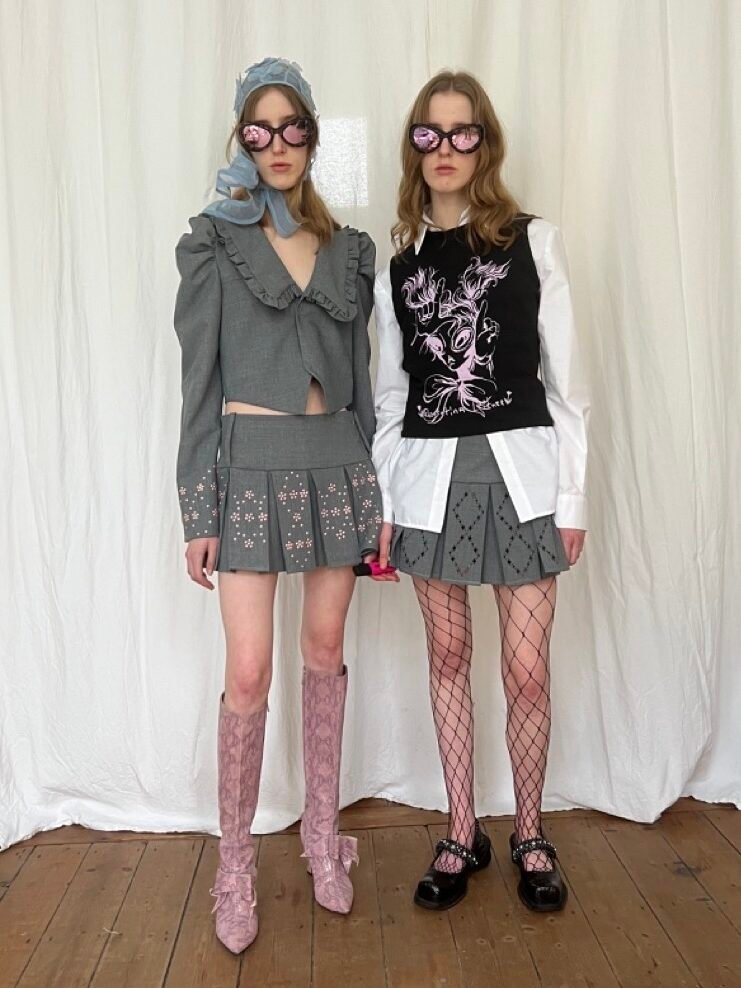

As told to Aa Magazine

